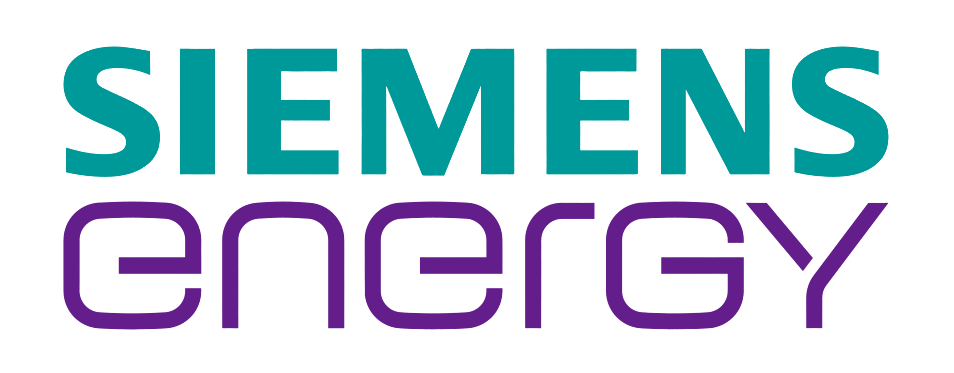Automotive OEMs are striving to build security into the intellectual property to ensure that semi and fully autonomous cars are safe, and protected. Cybersecurity player Upstream pointed out that Black hat attacks have contributed to 57% of the total attacks in 2019.
Stakeholders are uniting to bring in expertise from various fields such as E/E system architecture, vehicle communication, and ADAS to build future proof cybersecurity solutions. In more detail, May 2020 witnessed partnerships, collaborations, and funding in the automotive cybersecurity market:
- Regulus Cyber raised $4 million
- C2A Security partnered with AUTOSAR
- Upstream collaborated with Alliance Labs
- Guardknox launched a new cybersecurity division dedicated to the automotive supply chain
Cyber Security neglected by regulation so far but vehicle attack vector still increasing
Advancements in vehicle communication infrastructure along with the advent of new cyber threats are forcing industries to stop treating cybersecurity as an afterthought.
Regulatory activity to provide guidance on the minimum required cybersecurity solutions for vehicles is ongoing but has been delayed. In the absence of regulatory requirements for Vehicle Cyber Security, manufacturers are industry associations are collectively pursuing international standards and guidelines to protect the Connected & Automated Car.
The European Union Agency for Cybersecurity (ENISA) has recently published a *report to promote Cybersecurity for connected and (semi-)automated cars by identifying emerging threats and issuing guidance on potential security measures that can help to mitigate them.
OEMs are relying on cybersecurity solution providers to comply with current guidelines and upcoming UNECE regulations on vehicle type approval concerning cybersecurity and equipping vehicle systems with the ability to detect and respond to cybersecurity incidents.
Join our webinar to understand:
- How is regulation progressing in major countries to require robust security-by-design and aftermarket security
- Competitor movements for ECU protection from leading players and innovative startups,
- Recent innovation from academic research and patents to solve cybersecurity challenges
- Collaborations and supply chain developments to close the security gaps in Connected and Autonomous Vehicles.
Need a thought partner?
Share your focus area or question to engage with our Analysts through the Business Objectives service.
Submit My Business ObjectiveOur Clients
Our long-standing clients include some of the worlds leading brands and forward-thinking corporations.
- © 2026 Cheers Interactive (India) Private Limited. All rights reserved. FutureBridge ® is a registered trademark of Cheers Interactive (India) Private Limited.




































